A 24/7 Global Radar Network
LeoLabs Global Radar Network delivers all-weather coverage in the Northern and Southern Hemispheres as well as Equatorial regions.
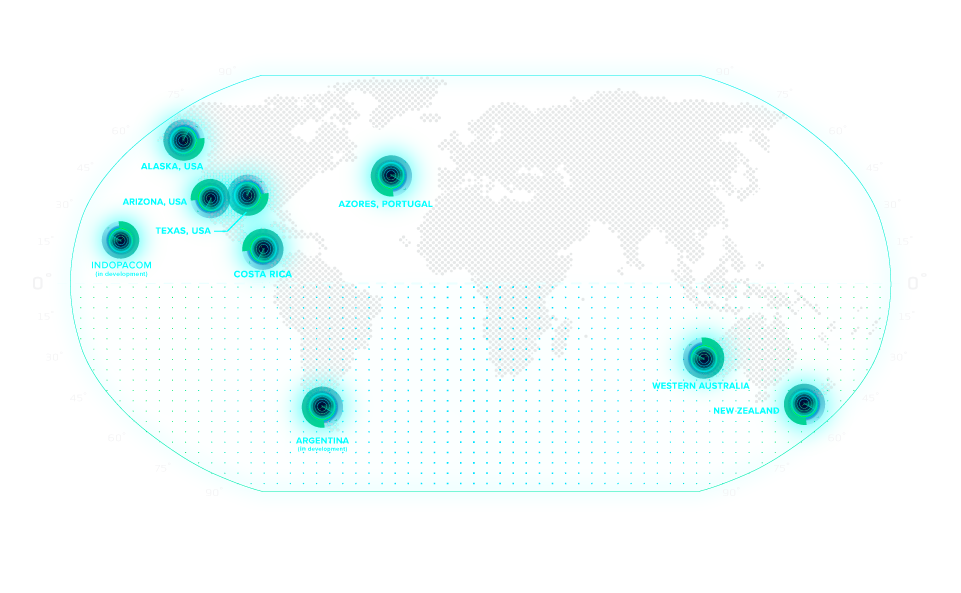
- AI-optimized scheduling
- Precise, low-latency data
- World-class digital signal processing software with field-deployed, in-house developed, software-defined radio backend
- Rapid revisit rates
- Patented Active Electronically Scanned Array (AESA) 3D pulse-Doppler hardware
- Can operate independently or as part of an integrated network to augment government systems
The Next Generation in Space Radar Technology
Our next-generation radars are unlocking the advanced capabilities required to detect, locate, and maintain custody of growing threats in space.
LeoLabs radars are designed for rapid deployment and modularity. They can be constructed in as little as five months and scaled up or down to meet mission requirements.
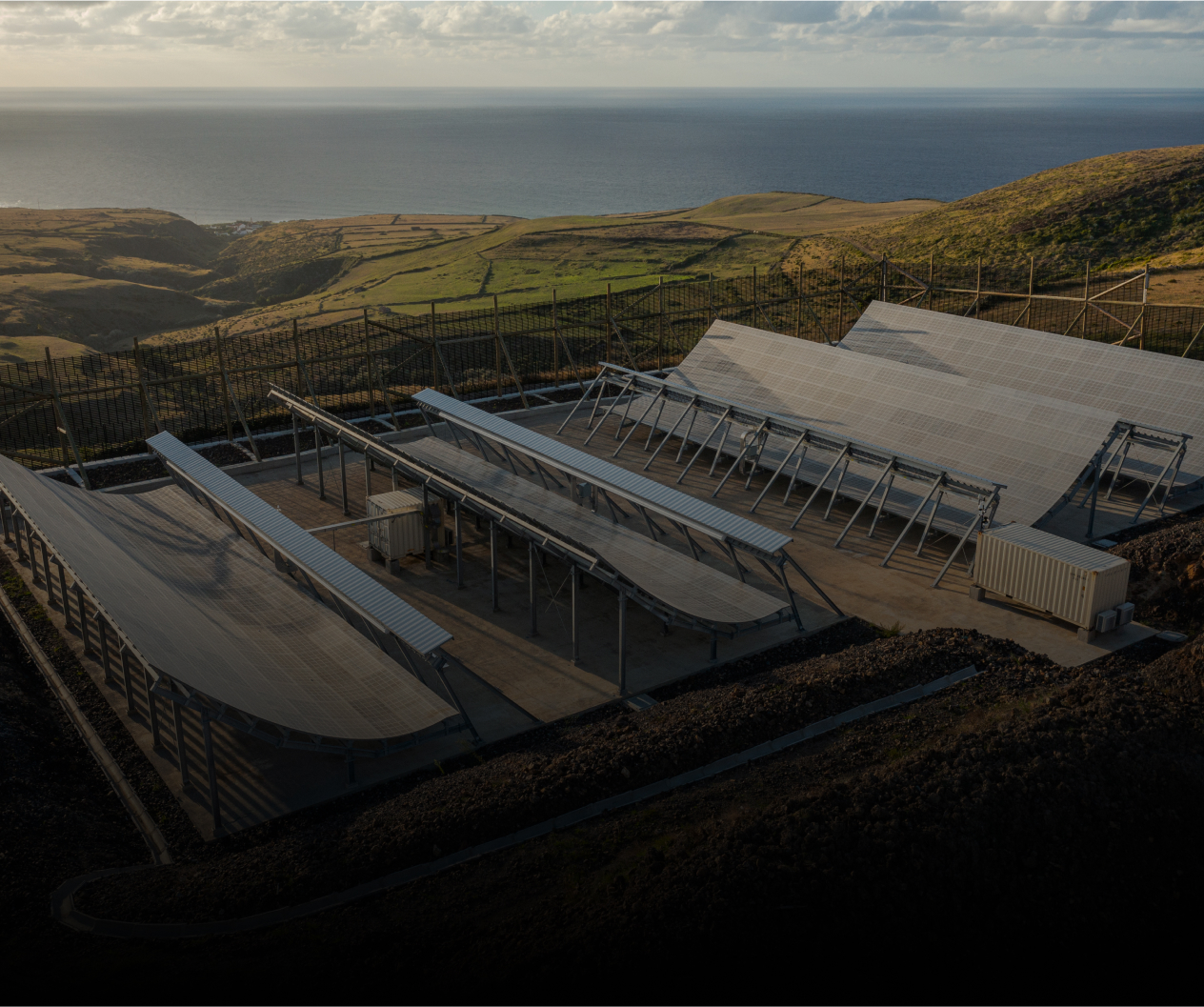
Tracker
Our first and most proliferated system to date, LeoLabs’ Phased Array Offset-Fed Reflector (PAFR) radars enable reliable, superior tracking and monitoring of objects in LEO.
- Spacecraft tracking including High Interest Objects
- >10 cm debris tracking
- Launch & early operations support

SEEKER
LeoLabs’ next-generation Ultra High Frequency (UHF) planar Direct Radiating Array (DRA) radars have higher power and a wider field of regard, enabling high-altitude search and detection of more targets through longer tracks.
- Spacecraft tracking
- High Interest Object search & tracking
- >10cm debris tracking
- Launch & early operations support
- Foreign launch search
- Tracking in MEO, GEO & Cislunar (R&D)
- Hypersonics (R&D)
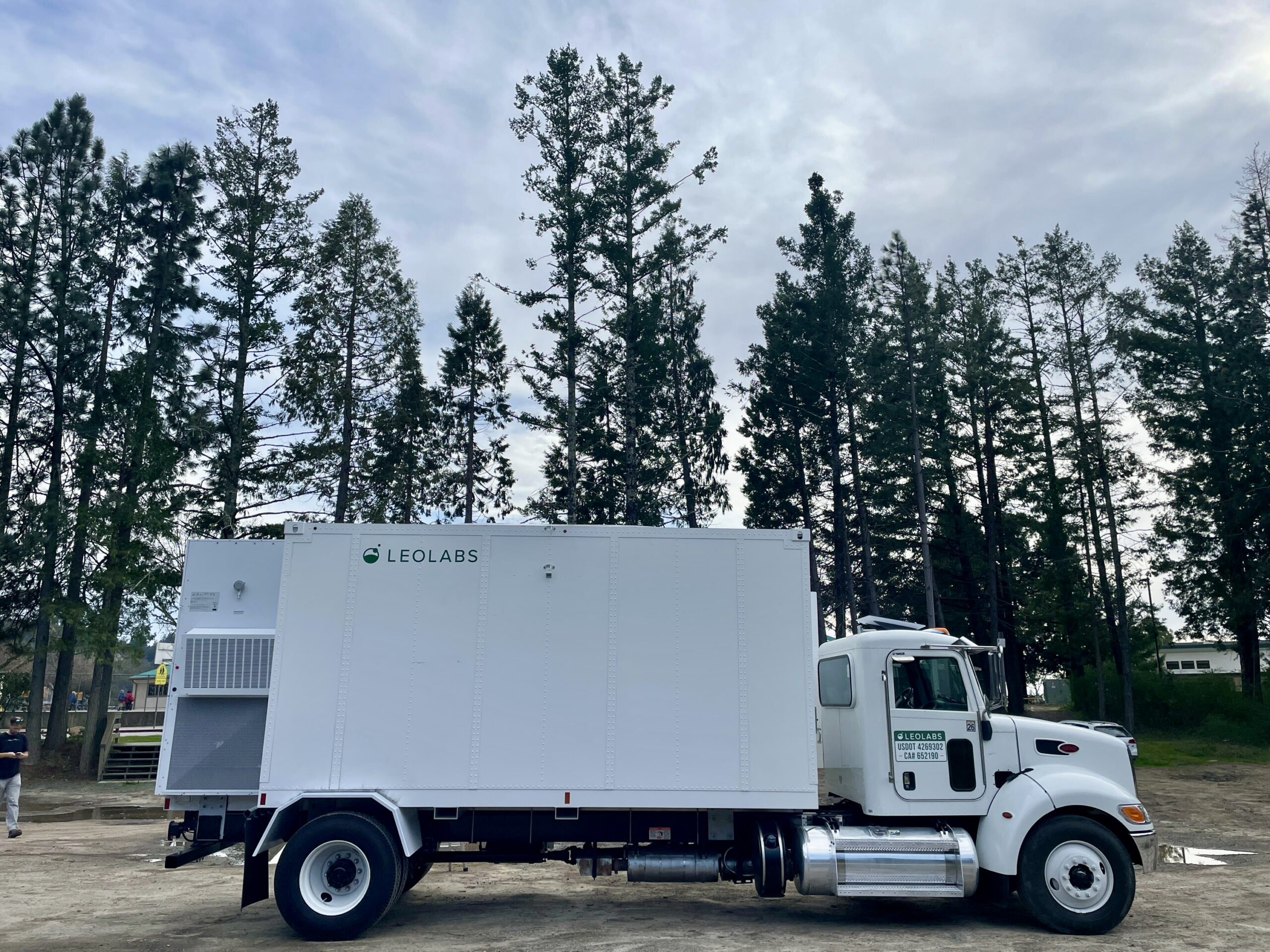
Scout
LeoLabs’ expeditionary S-band DRA radars offer mobility, extensive proliferation, and rapid deployment. Scout is designed to be fielded in large numbers to fill gaps in LEO monitoring and rapidly respond to changing mission needs.
- Spacecraft tracking
- High Interest Object search & tracking
- >10cm debris tracking
- Foreign launch detection & tracking in LEO & VLEO
- Hypersonics (R&D)
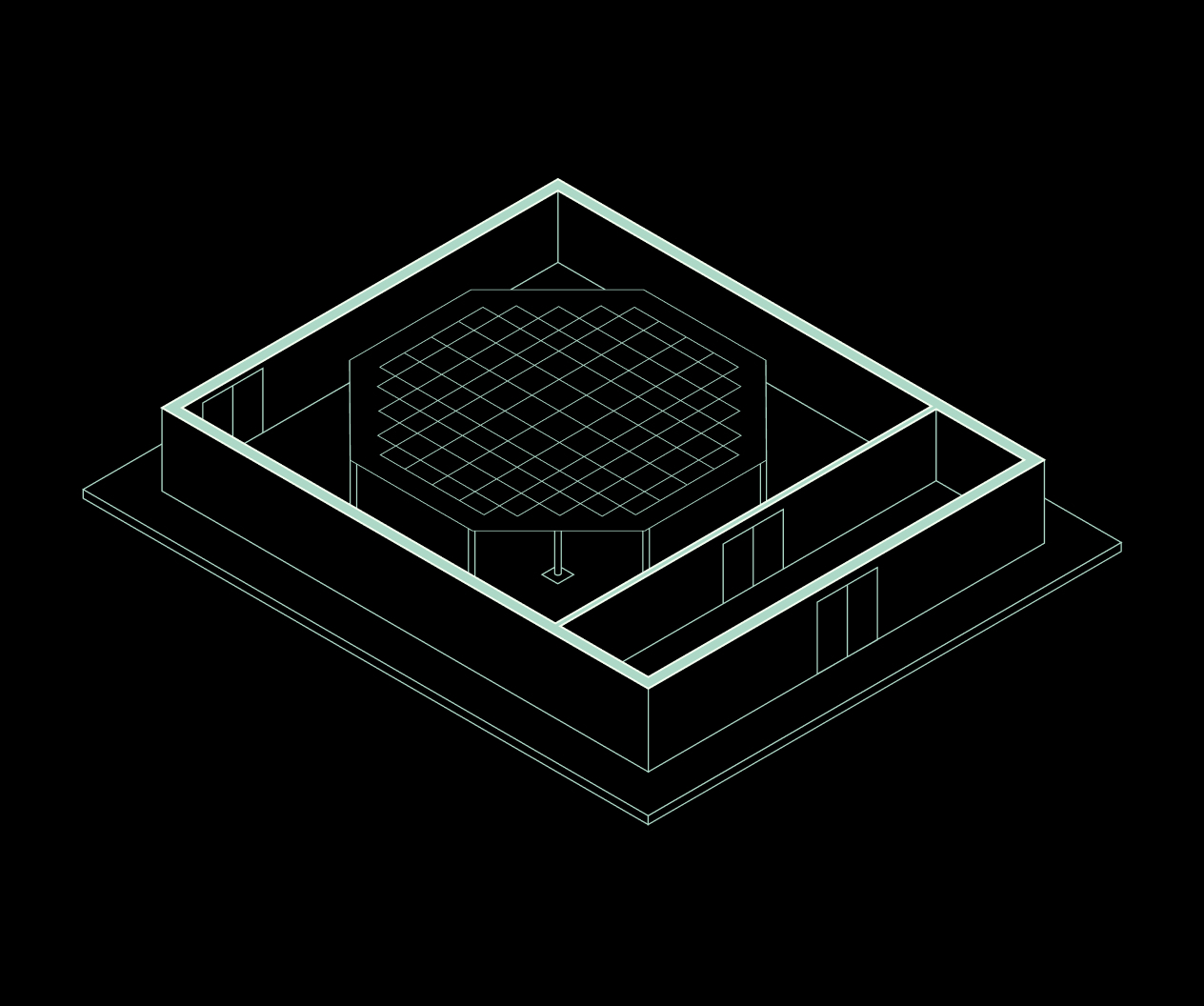
RANGER
LeoLabs’ scalable S-band DRA radars offer the ability to detect small, sub-catalog objects in support of advanced space traffic management missions.
- Spacecraft tracking including High Interest Objects
- <10 cm debris tracking
- Battle Damage Assessment
- Hypersonics (R&D)

Poker Flat Incoherent Scatter Radar
Through a partnership with SRI International, LeoLabs utilizes time on this large UHF DRA radar, which some of LeoLabs’ co-founders were instrumental in building and operating.
- Spacecraft tracking
- Space debris tracking
- Launch & early operations support
AI/ML for Radar Scheduling
As the number of objects in LEO rapidly increases, LeoLabs radars commonly have multiple objects in their field of view at a given time. Our dynamic, intelligent scheduling system tells the radars which objects to prioritize and how long to track a specific object for. This technology benefits customers by enabling us to track objects 40% more frequently and with greater accuracy.
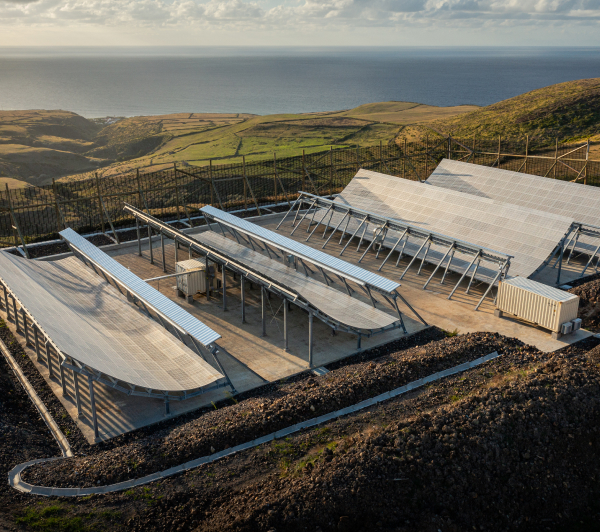
Probability of Detection
This supervised model optimizes the relative priority of space objects for radar scheduling and tracking by forecasting the probability of collecting a measurement on that object for a given radar pass and the operational utility that would result from it. If multiple objects are in a radar’s field of view, higher priority objects are tracked first.

Beam Length
This model, also supervised, dynamically adjusts the length of time an object is tracked during a given radar pass. This increases efficiency by reducing the average amount of radar time needed to collect measurements on each passing object.